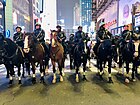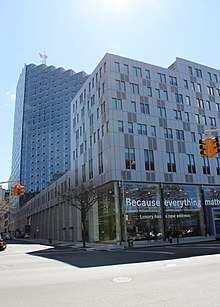
The New York City Transit Police Department was a law enforcement agency in New York City that existed from 1953 to 1995, and is currently part of the NYPD. The roots of this organization go back to 1936 when Mayor Fiorello H. La Guardia authorized the hiring of special patrolmen for the New York City Subway. These patrolmen eventually became officers of the Transit Police. In 1949, the department was officially divorced from the New York City Police Department, but was eventually fully re-integrated in 1995 as the Transit Bureau of the New York City Police Department by New York City Mayor Rudy Giuliani.
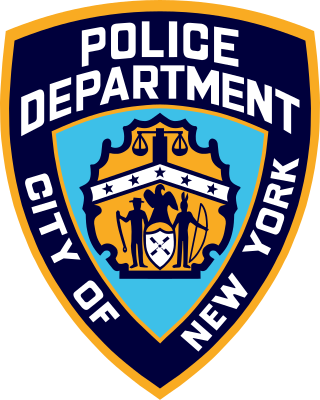
The New York City Police Department (NYPD), officially the City of New York Police Department, is the primary municipal law enforcement agency within the City of New York. Established on May 23, 1845, the NYPD is the largest, and one of the oldest, municipal police departments in the United States.

The New York City Fire Department, officially the Fire Department of the City of New York (FDNY), is an American department of the government of New York City that provides fire protection services, technical rescue/special operations services, chemical, biological, radiological, nuclear and high-yield explosive/hazardous materials response services and emergency medical response services within the five boroughs of New York City.

The Governor General's Horse Guards is an armoured cavalry regiment in the Primary Reserve of the Canadian Army. The regiment is part of 4th Canadian Division's 32 Canadian Brigade Group and is based in Toronto, Ontario. It is the most senior reserve regiment in Canada, and the only household cavalry regiment of Canada's three household units.

Mounted police are police who patrol on horseback or camelback. Their day-to-day function is typically picturesque or ceremonial, but they are also employed in crowd control because of their mobile mass and height advantage and increasingly in the UK for crime prevention and high visibility policing roles. The added height and visibility that the horses give their riders allows officers to observe a wider area, and it also allows people in the wider area to see the officers, which helps deter crime and helps people find officers when they need them. When employed for crowd control, there is a risk that some people may be trampled. Due to this, authoritarian regimes often use mounted police to supress protests, as the public generally does not view these "accidental" deaths as resulting from a deliberate use of deadly force. In at least one case this has resulted in the police officer riding the horse to be sued.
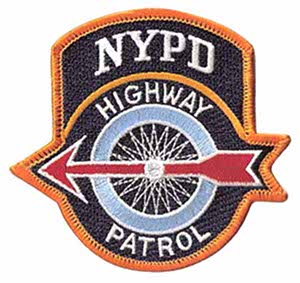
The Highway Patrol are specialized units part of the Highway District with the Transportation Bureau of the New York City Police Department. The Highway Patrol is primarily responsible for patrolling and maintaining traffic safety on limited-access highways within New York City. The Highway Patrol's other duties and roles include accident investigations, advanced driver and radar/laser speed enforcement training for NYPD officers, field sobriety testing at the various testing locations in each Patrol Borough, dignitary and parade escorts, hazardous material and truck traffic enforcement, anti-drag racing programs, and anti-terrorist checkpoints at key bridges and intersections in the city.
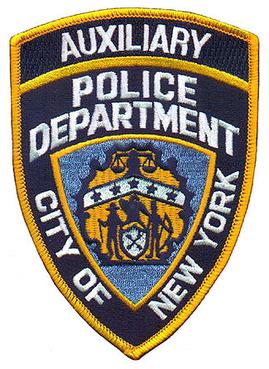
The New York City Police Department Auxiliary Police is a volunteer reserve police force which is a subdivision of the Patrol Services Bureau of the New York City Police Department. Auxiliary Police Officers assist the NYPD with uniformed patrols, providing traffic control, crowd control, and other services during major events.

The Metropolitan Transportation Authority Police Department (MTAPD) is the police agency of New York's Metropolitan Transportation Authority
The New York City Police Department Housing Bureau is responsible for providing the security and delivery of police services to about 420,000 people living in New York City's public housing projects. They are stationed in Police Service Areas (PSA), which are almost identical to police precincts, with nine PSAs in total located throughout Manhattan, Brooklyn, Queens, and The Bronx.

The NYC Civilian Complaint Review Board (CCRB) is the civilian oversight agency of the New York City Police Department (NYPD), the largest police force in the United States. A board of the Government of New York City, the CCRB is tasked with investigating, mediating and prosecuting complaints of misconduct on the part of the NYPD. Its regulations are compiled in Title 38-A of the New York City Rules.
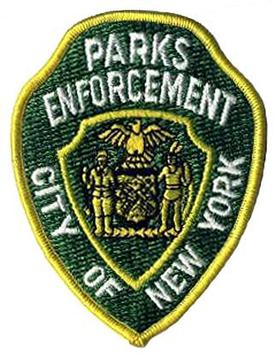
The New York City Department of Parks and Recreation maintains a unit of full-time and seasonal uniformed officers who enforce parks department rules and regulations, as well as New York State laws within the jurisdiction of New York City parks. Established in 1981, NYC Parks Enforcement Patrol officers patrol on foot, bicycle, horseback, and in marked vehicles. Parks Enforcement officers are responsible for protecting NYC Park land, waterways under the jurisdiction of the Department of Parks and Recreation, city owned monuments, and public pools. PEP officers additionally act as the Parks’ ambassadors.

The New York City Housing Authority Police Department was a law enforcement agency in New York City that existed from 1952 to 1995, which was then merged into the NYPD. The roots of this organization go back to 1934 and the creation of the New York City Housing Authority (NYCHA). New York City Mayor Fiorello H. La Guardia authorized the hiring of security guards to patrol the city's public housing buildings. These guards eventually were trained and became the first officers of the Housing Police, which was officially created in 1952. The Housing Police, along with the New York City Transit Police, was merged into the New York City Police Department in 1995 by New York City Mayor Rudy Giuliani and continues today as the Housing Bureau.

The Emergency Service Unit (ESU) is part of the Special Operations Bureau of the New York City Police Department. The unit provides specialized support and advanced equipment to other NYPD units. Members of ESU are cross-trained in multiple disciplines for police, first aid, and rescue work.

The New York City Police Department (NYPD) is structured into numerous bureaus and units. As a whole, the NYPD is headed by the Police Commissioner, a civilian administrator appointed by the Mayor, with the senior sworn uniformed officer of the service titled "Chief of Department". The Police Commissioner appoints the First Deputy Commissioner as the department's second-in-command and the Chief of Department as the department's highest ranking uniformed officer. The commissioner also appoints a number of deputy and assistant commissioners who do not have operational command and are solely for support and administrative function. The department is divided into twenty bureaus, six of which are enforcement bureaus. Each enforcement bureau is further subdivided into sections, divisions, and units, and into patrol boroughs, precincts, and detective squads. Each bureau is commanded by a bureau chief. There are also a number of specialized units that are not part of any of the bureaus and report to the Chief of the Department.
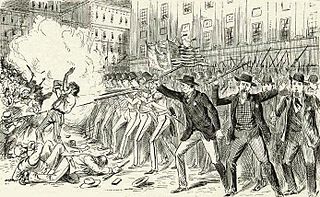
The New York City Police Department (NYPD) originates in the Government of New York City attempts to control rising crime in early to mid 19th century New York City. This increased crime was due to an increased population, caused primarily by poor Irish immigrants beginning in the 1820s. The City's reforms created a full-time professional police force modeled upon London's Metropolitan Police, itself only formed in 1829. Established in 1845, the Municipal Police replaced the inadequate night watch system which had been in place since the 17th century, when the city was founded by the Dutch as New Amsterdam.

The Detective Bureau is one of 20 bureaus that constitute the New York City Police Department and is headed by the three-star Chief of Detectives. The Detective Squad was formed in 1857 with the Detective Bureau later formed in 1882.

NYPD Chief of Patrol Nicholas Estavillo (Ret.), is a former member of the New York Police Department who in 2002 became the first Puerto Rican and the first Hispanic in the history of the NYPD to reach the three-star rank of Chief of Patrol.

The Strategic Response Group (SRG) is a rapid reaction force of the New York City Police Department (NYPD) tasked with immediate intervention duties during periods of civil unrest, terrorist incidents, or other citywide emergencies. It was established in 2015.

The New York City Police Department Aviation Unit is a division of the New York City Police Department (NYPD) focused on airborne law enforcement and public safety. Operating under command of the NYPD Special Operations Bureau, the unit frequently works alongside partner agencies like the NYPD Harbor Unit and United States Coast Guard (USCG) to service New York City and its surrounding waters. The unit is headquartered at Floyd Bennett Field in Brooklyn, and boasts emergency response times within 8-10 minutes to most parts of the city.

The New York City Police Department Intelligence Bureau is a division of the New York City Police Department (NYPD) which claims responsibility for the detection and disruption of criminal and terrorist activity through the use of intelligence-led policing. There is limited oversight over the Intelligence Bureau, and it conducts work in secrecy without the city council being informed of operations.
